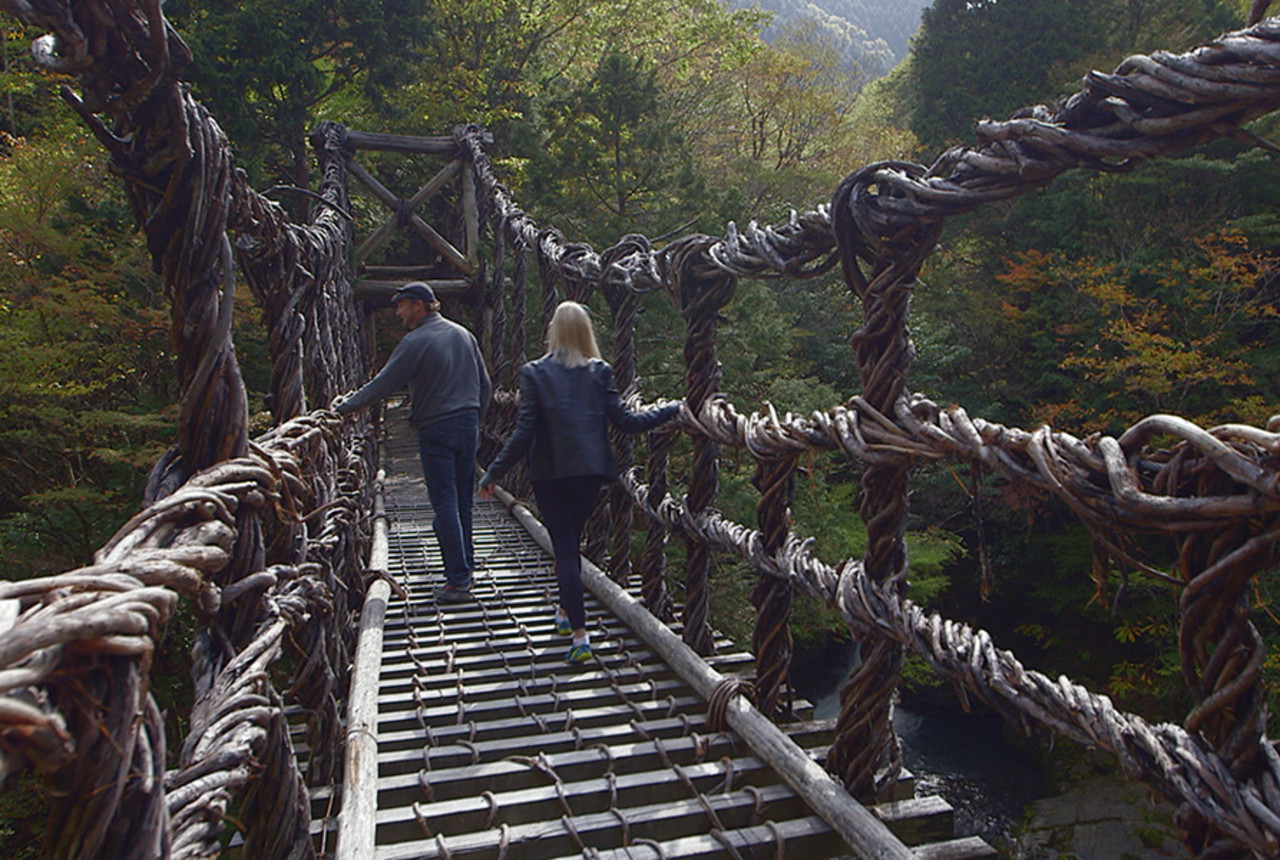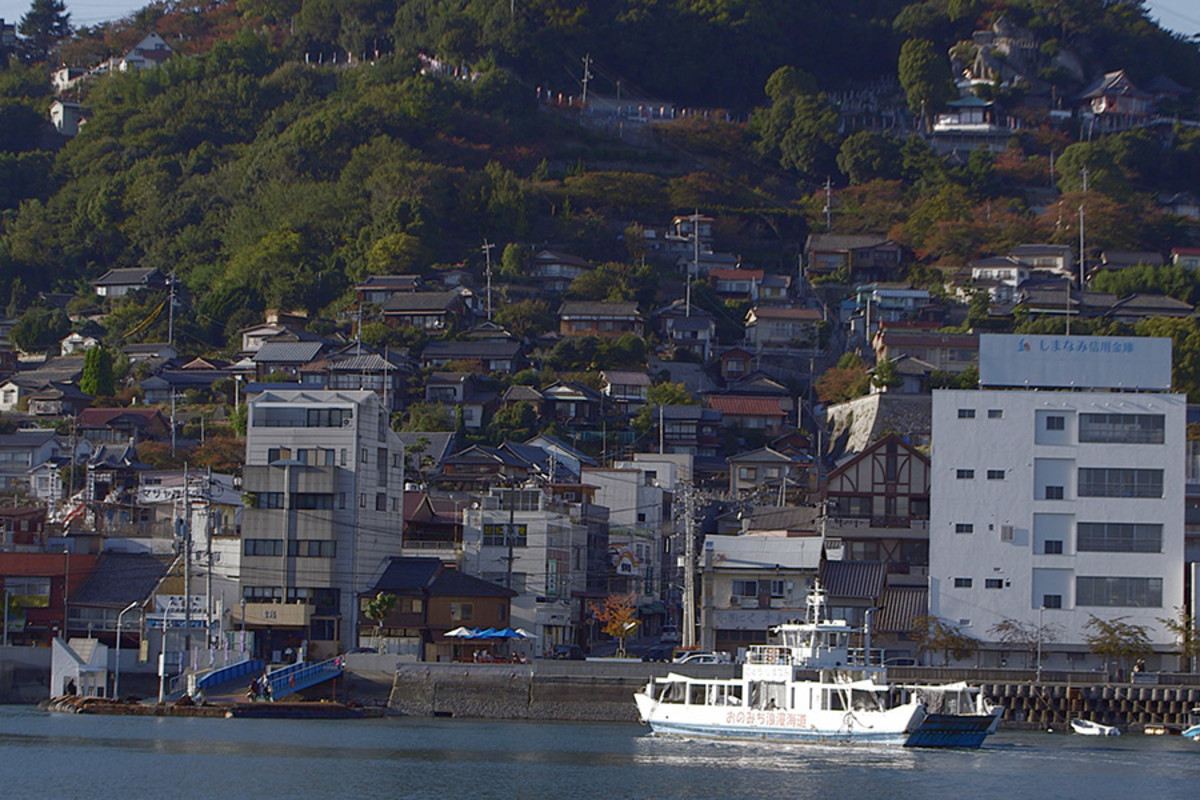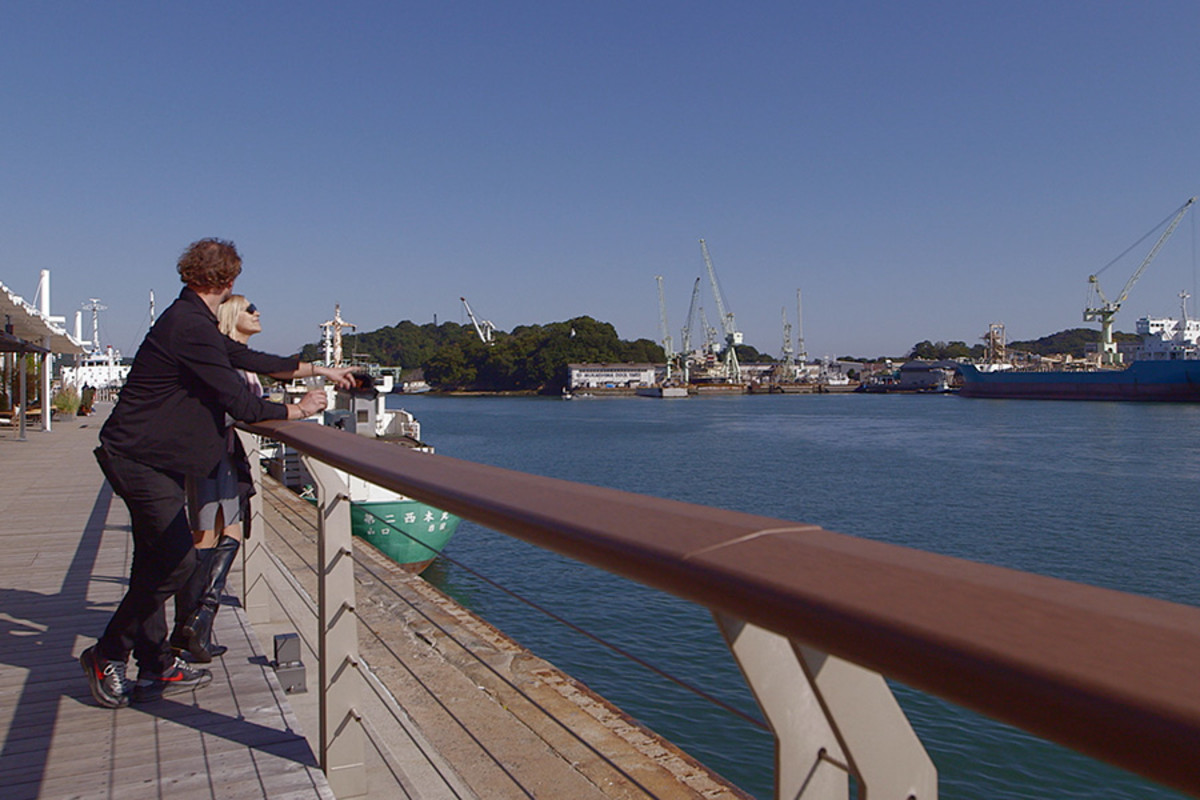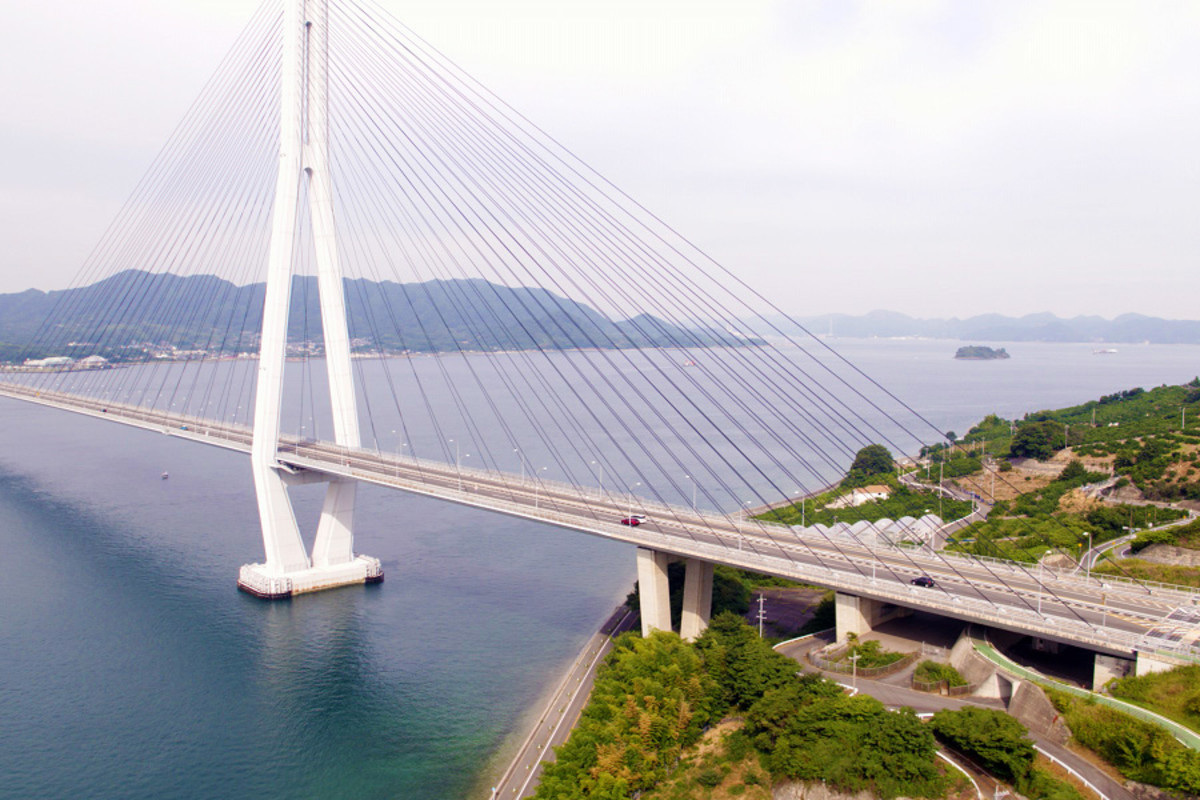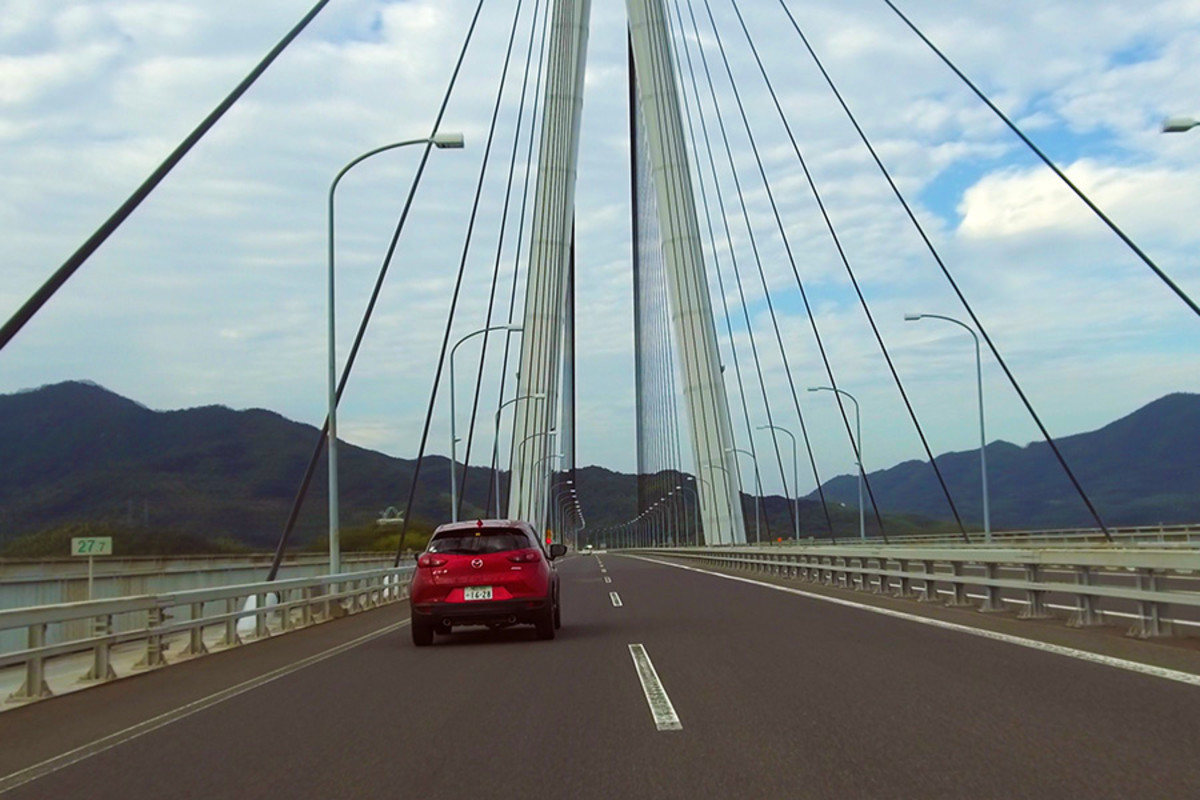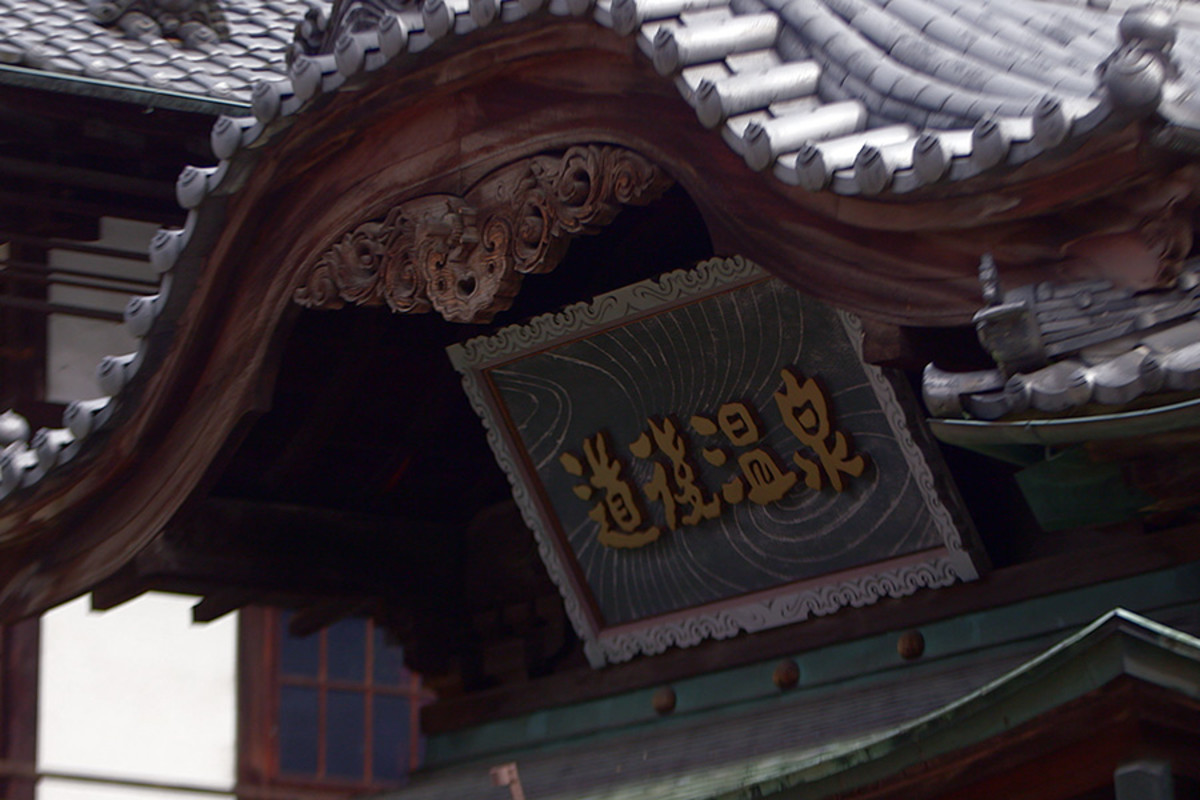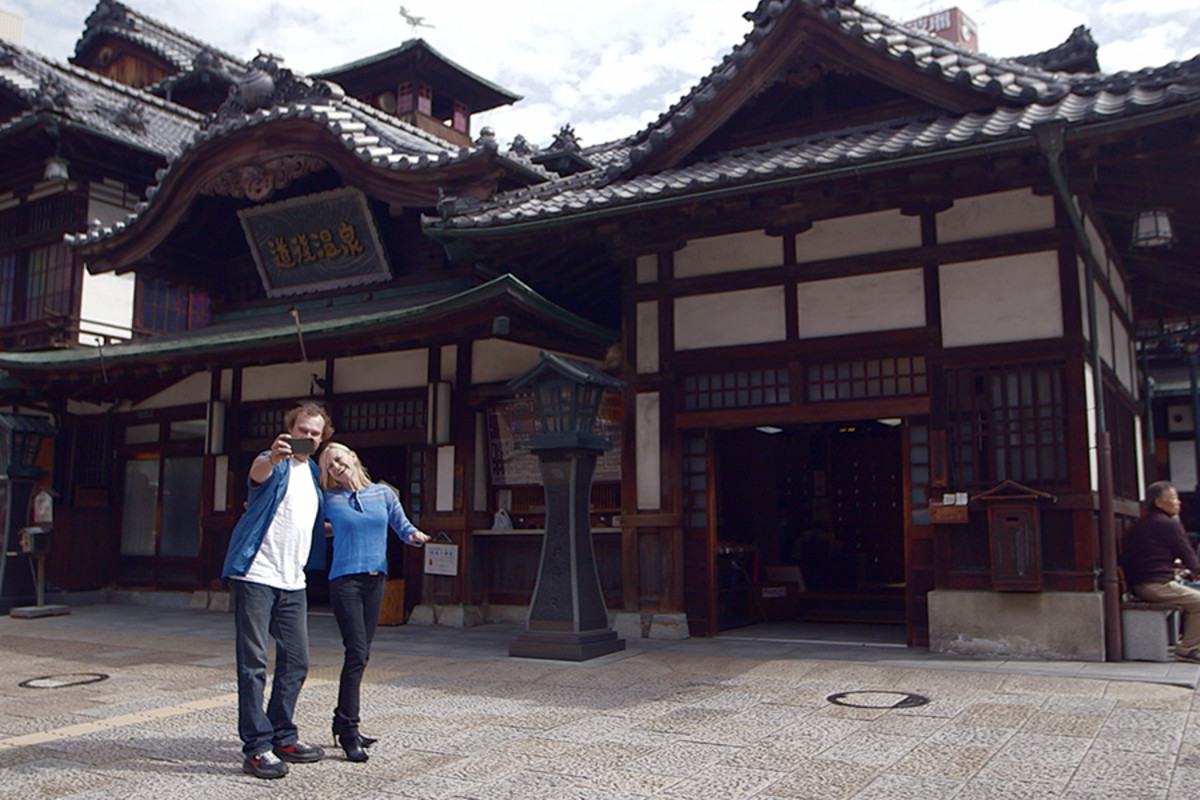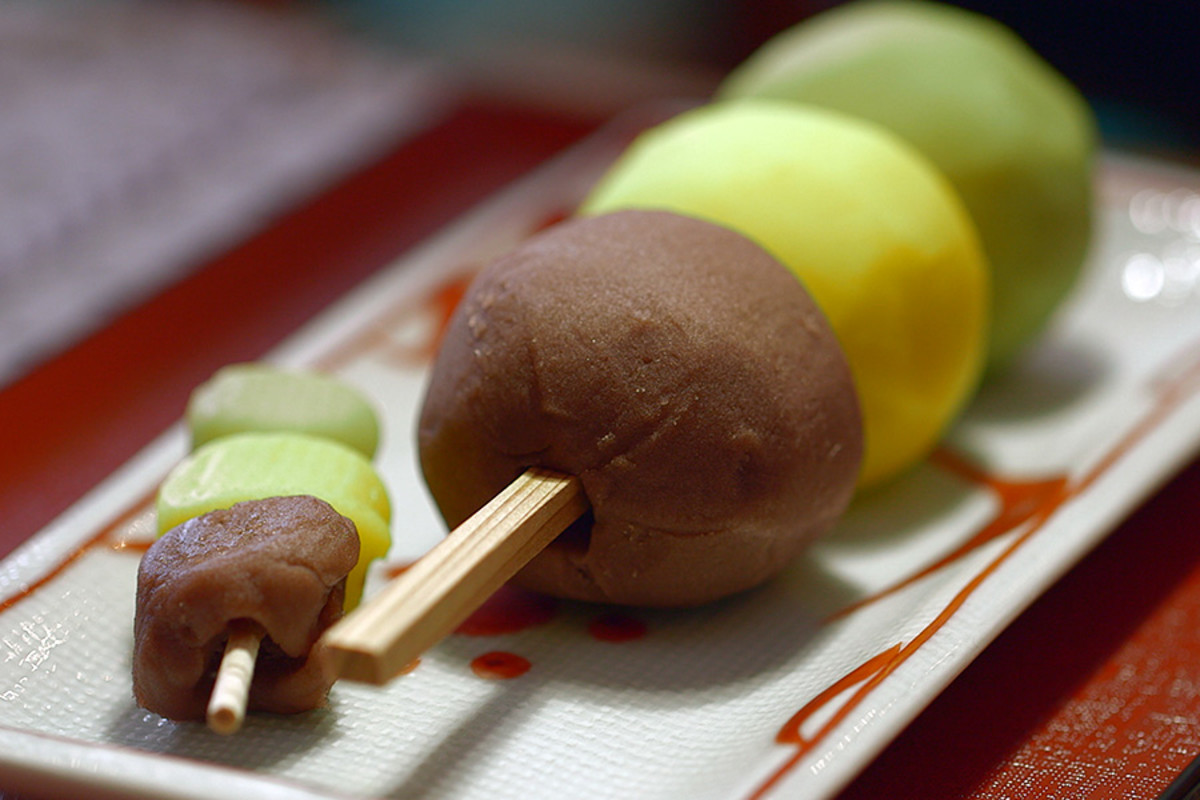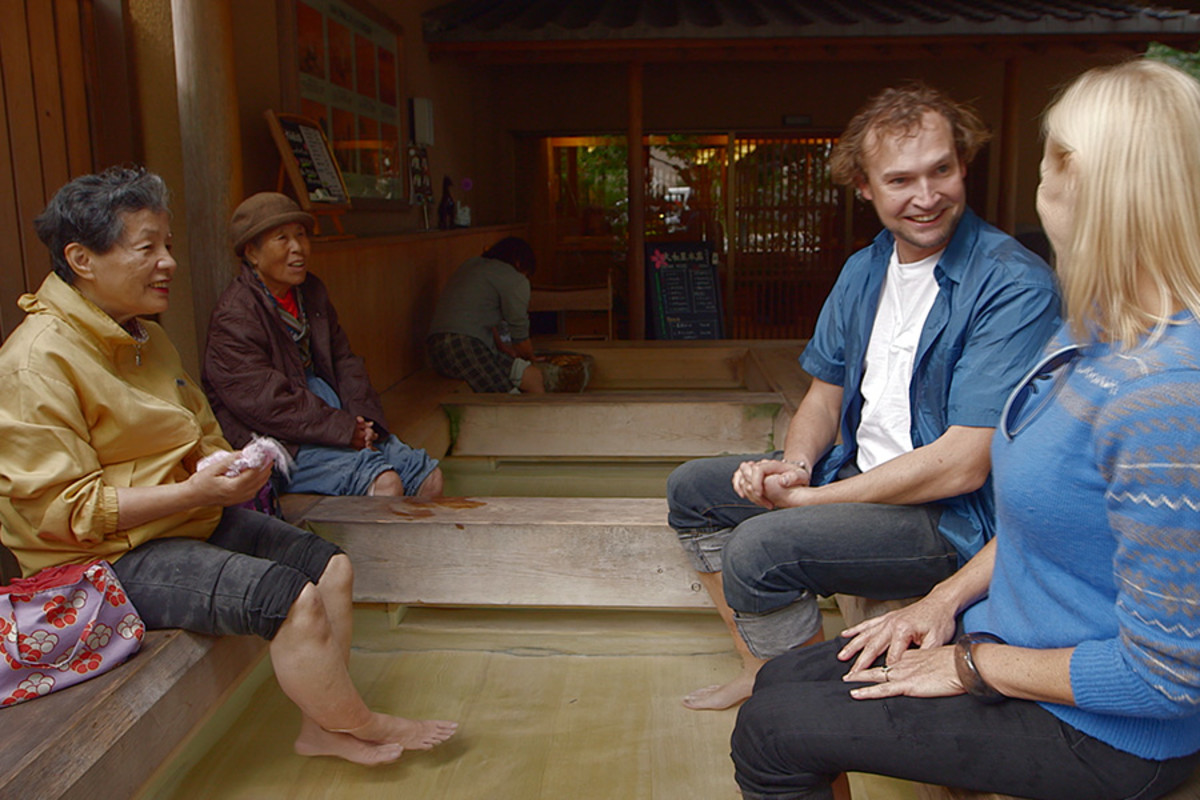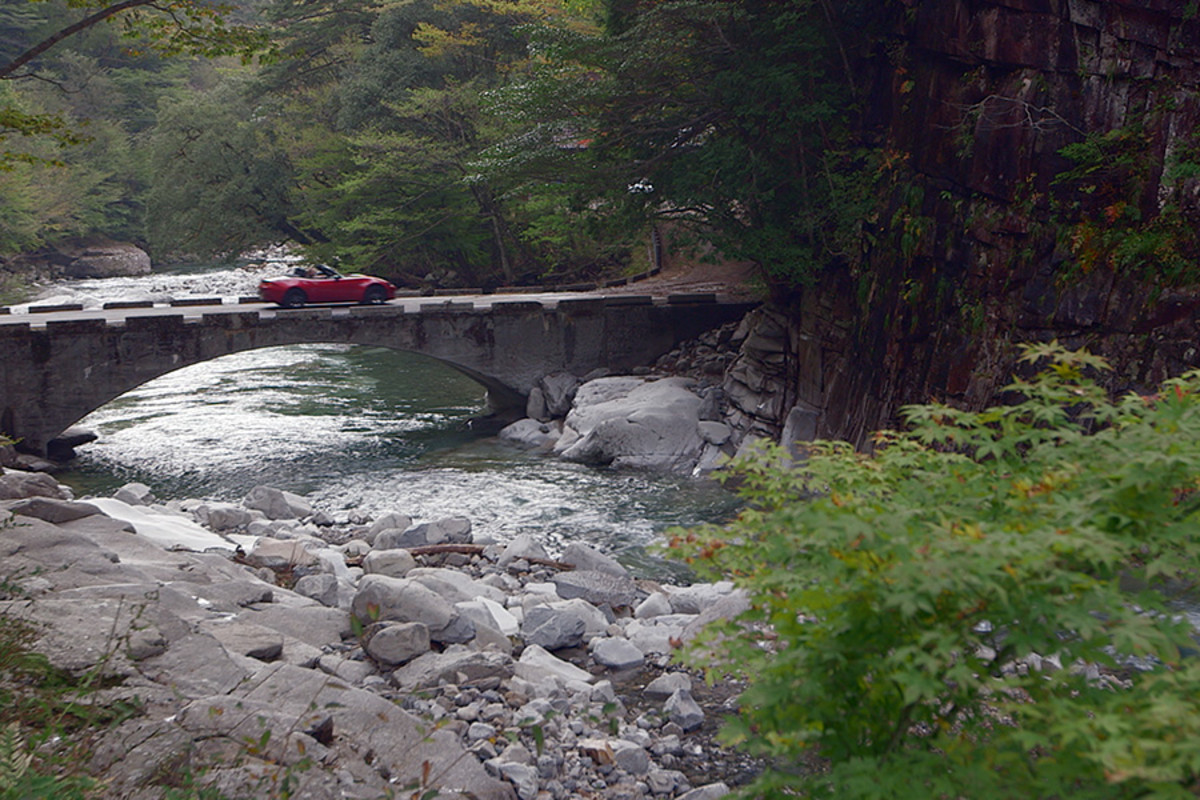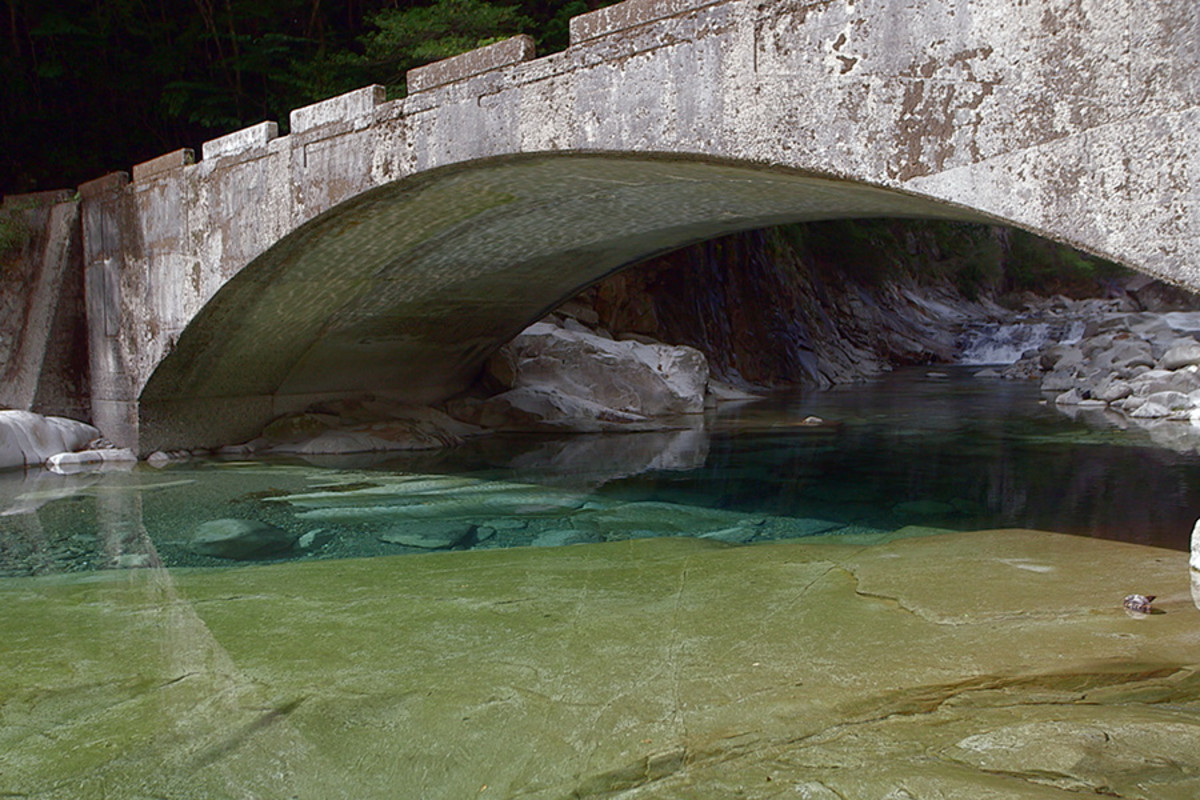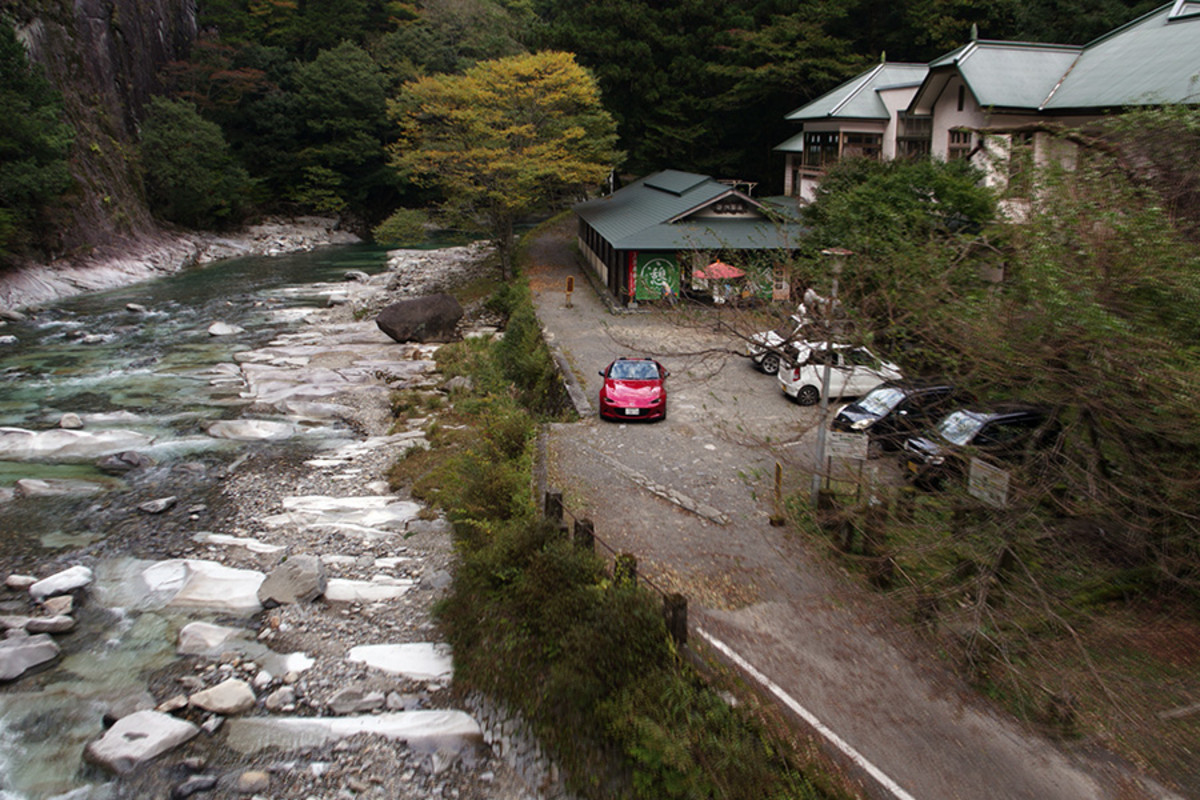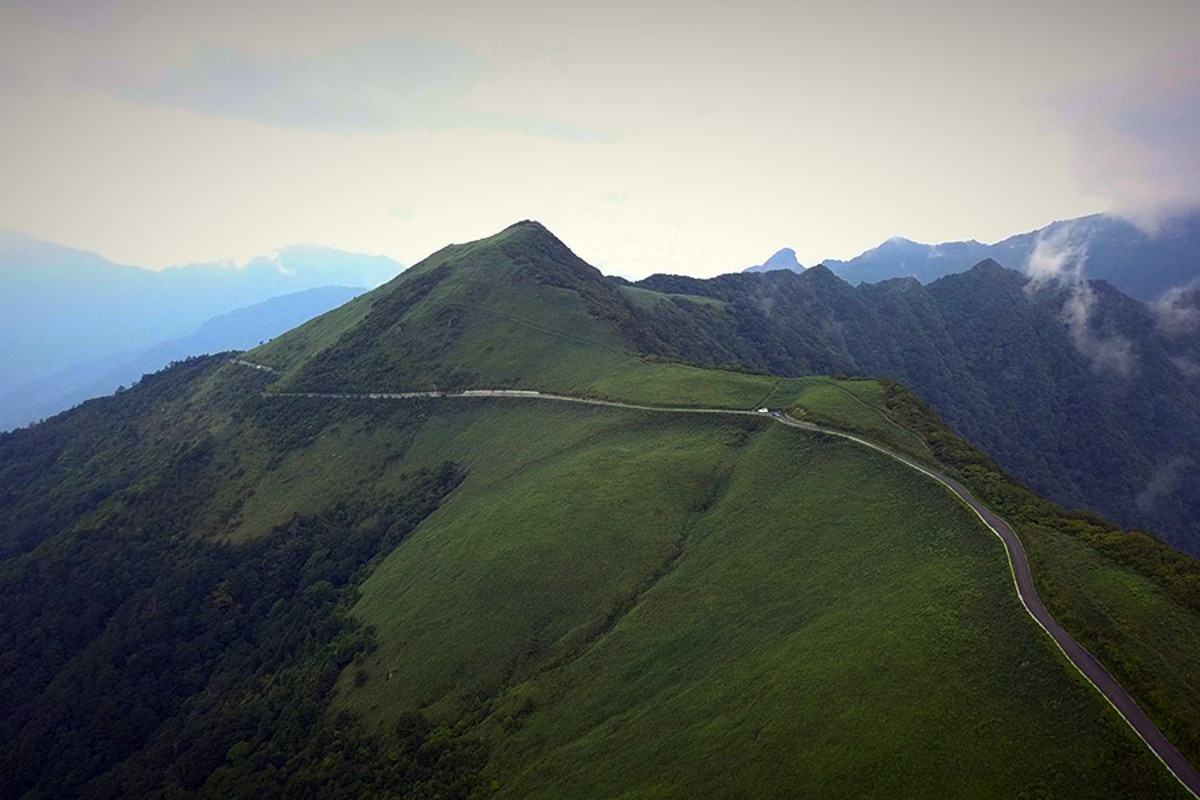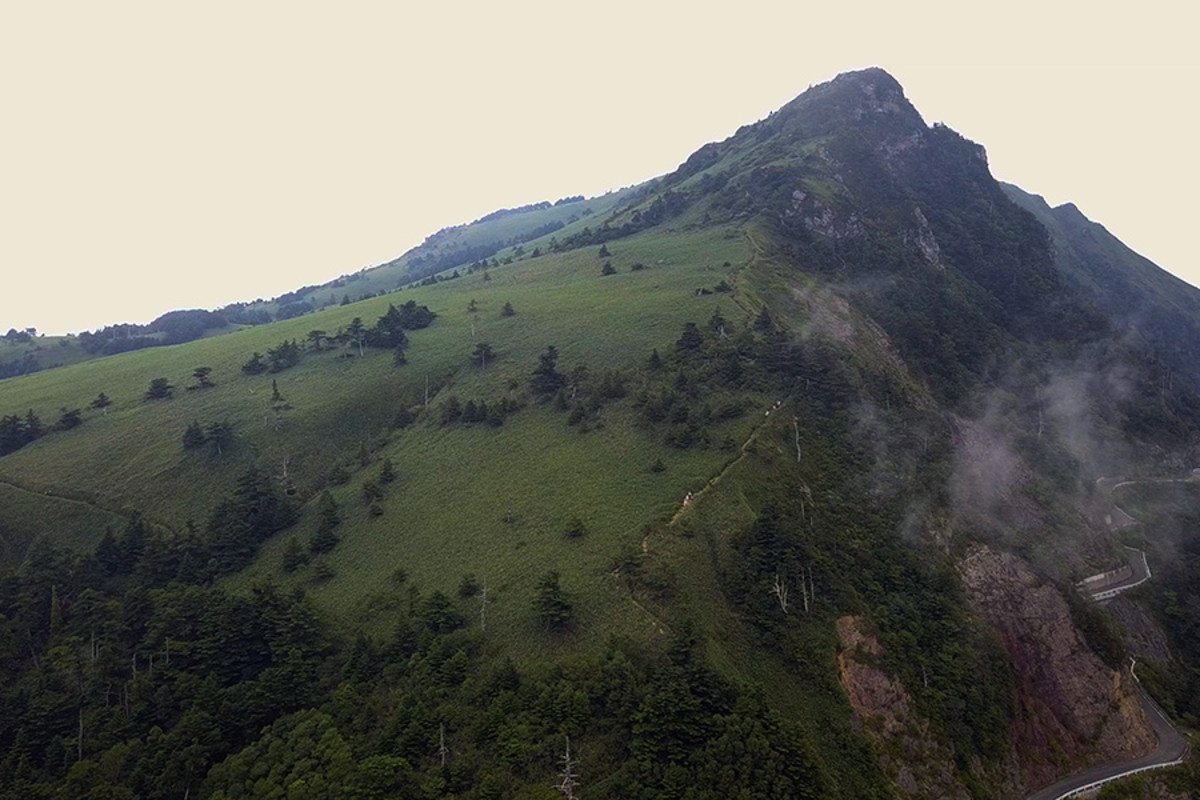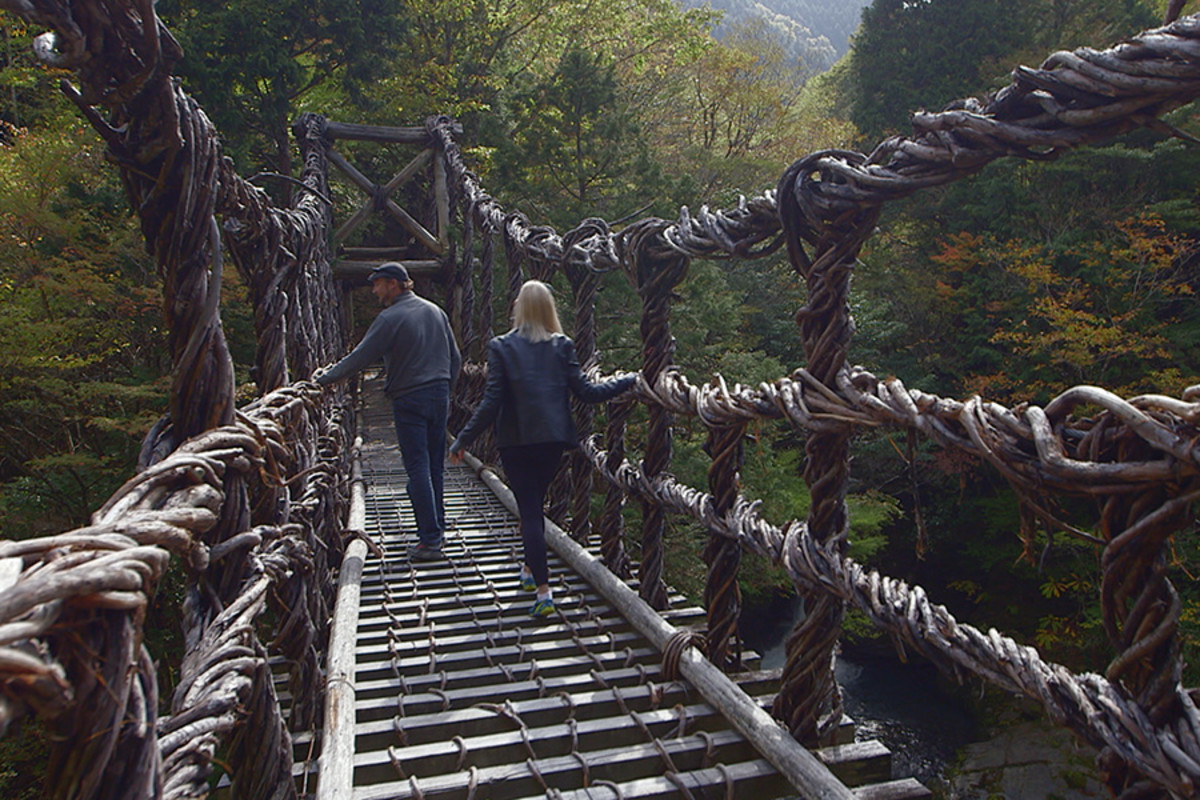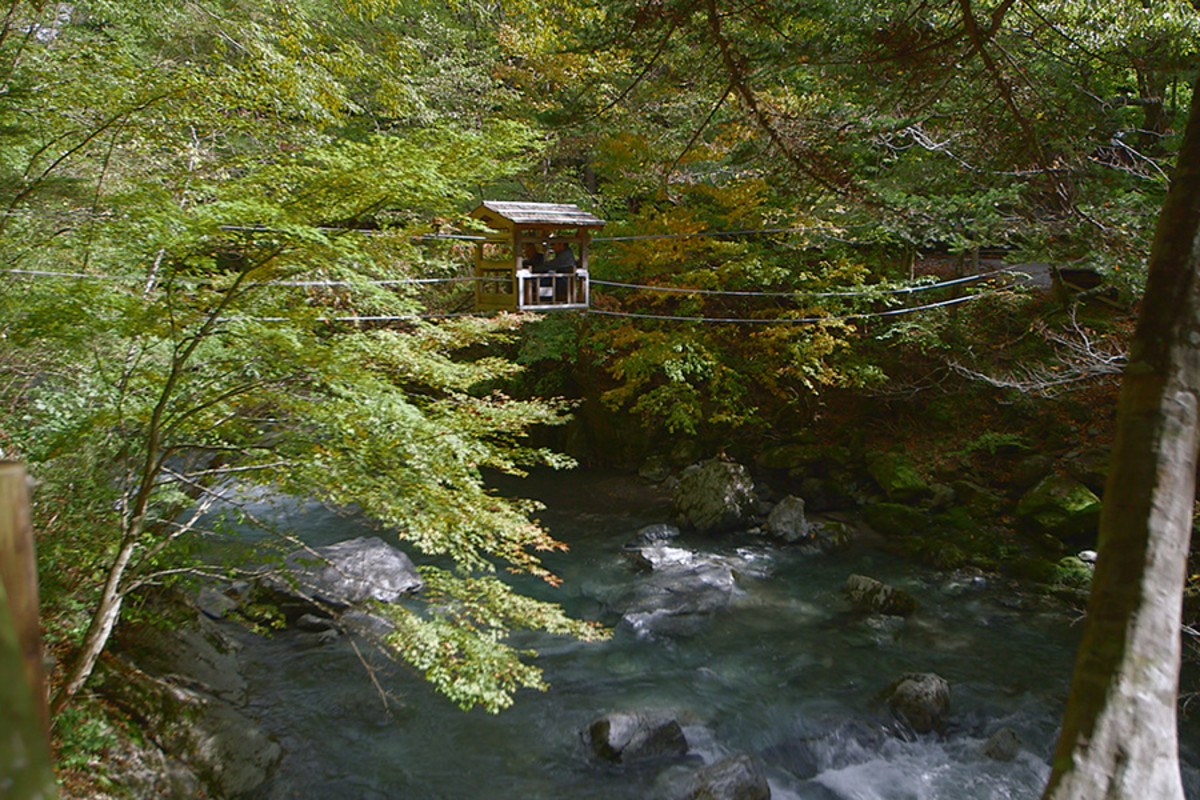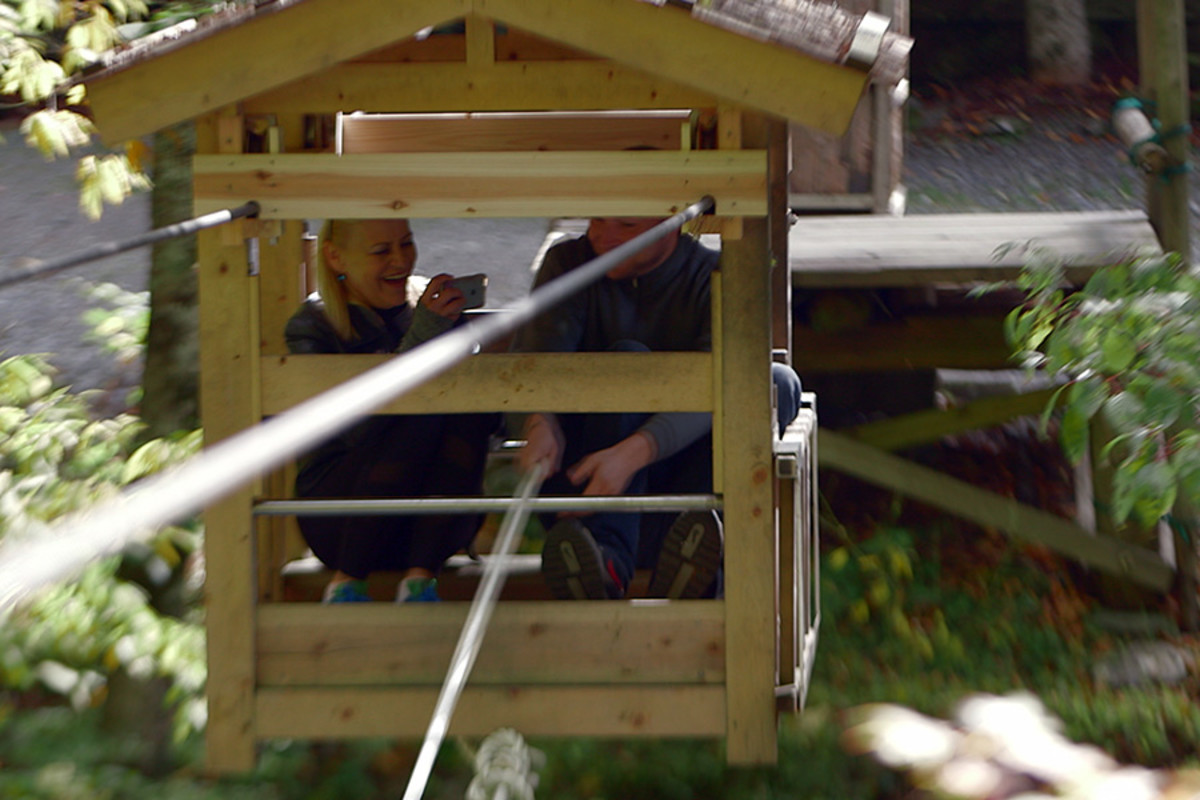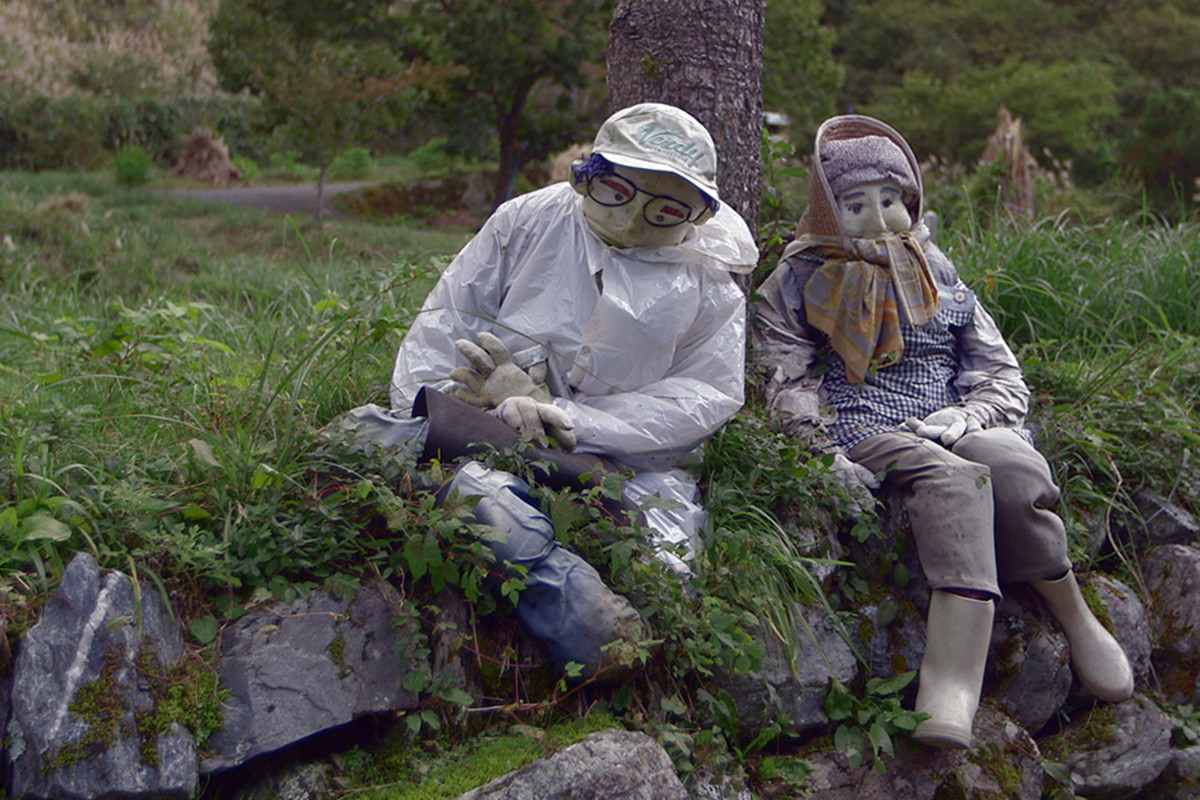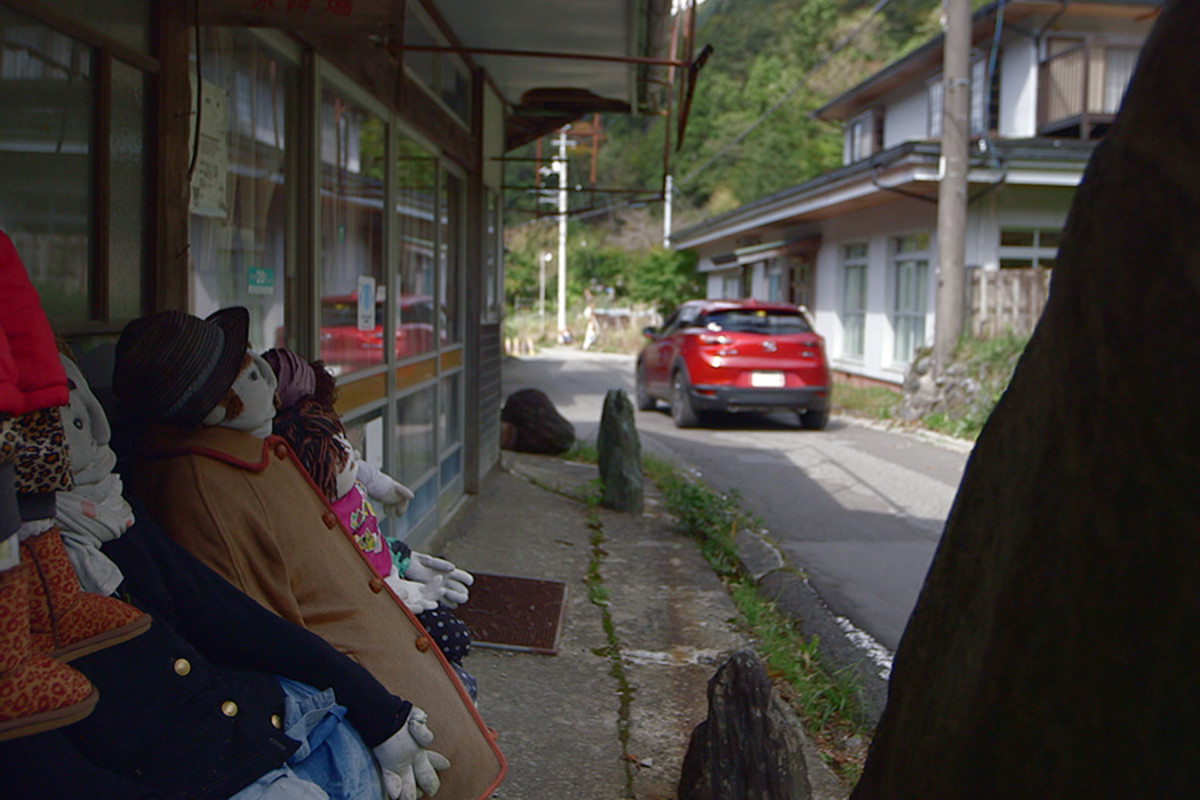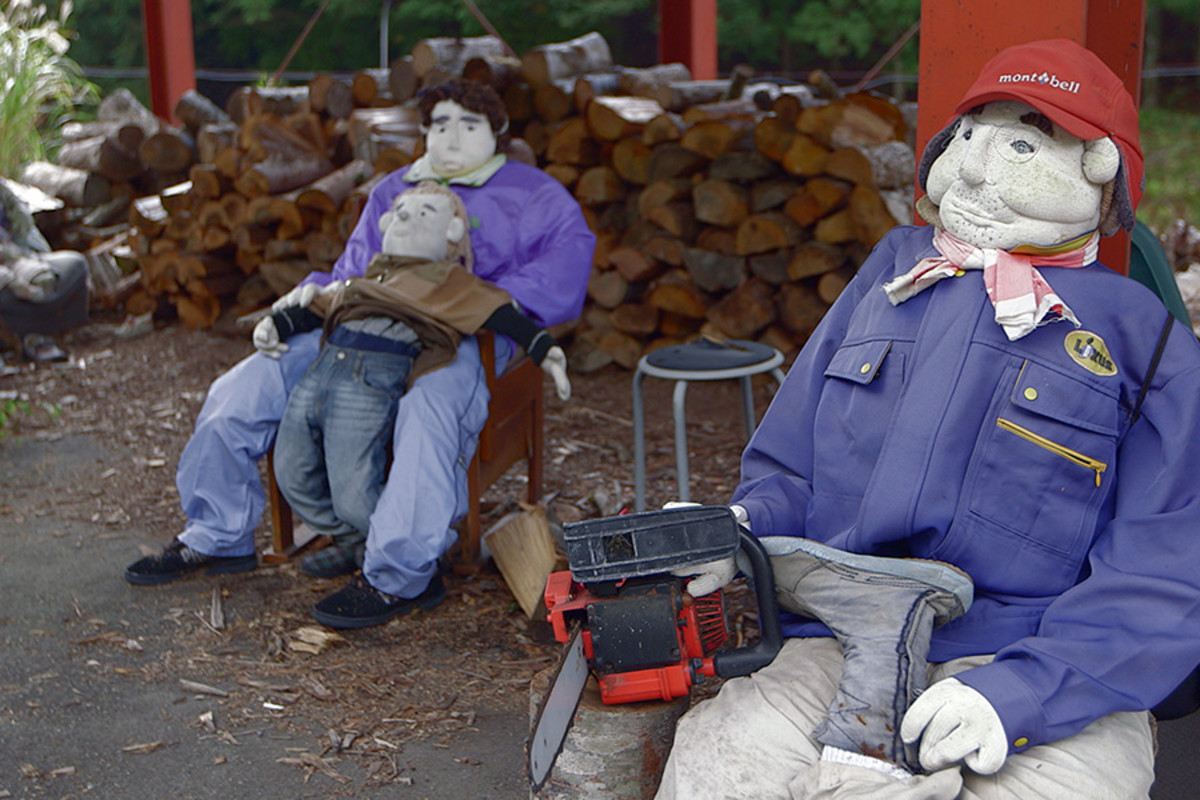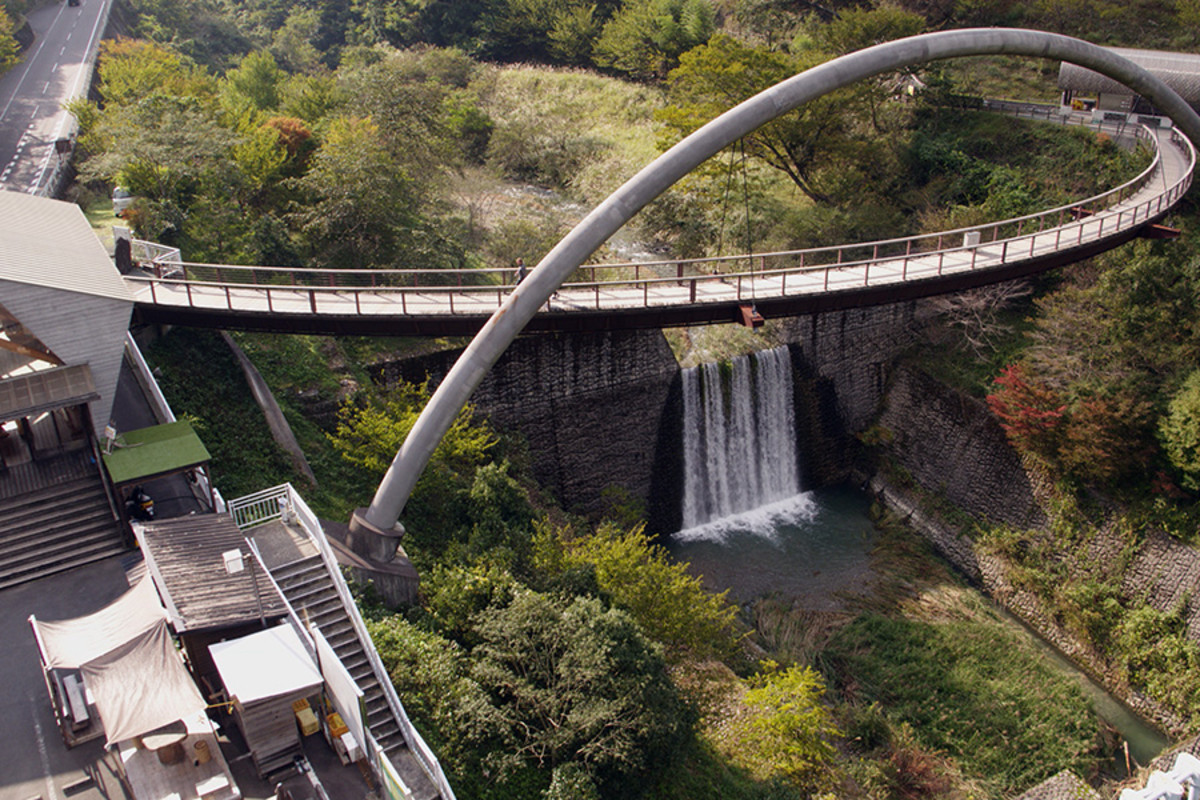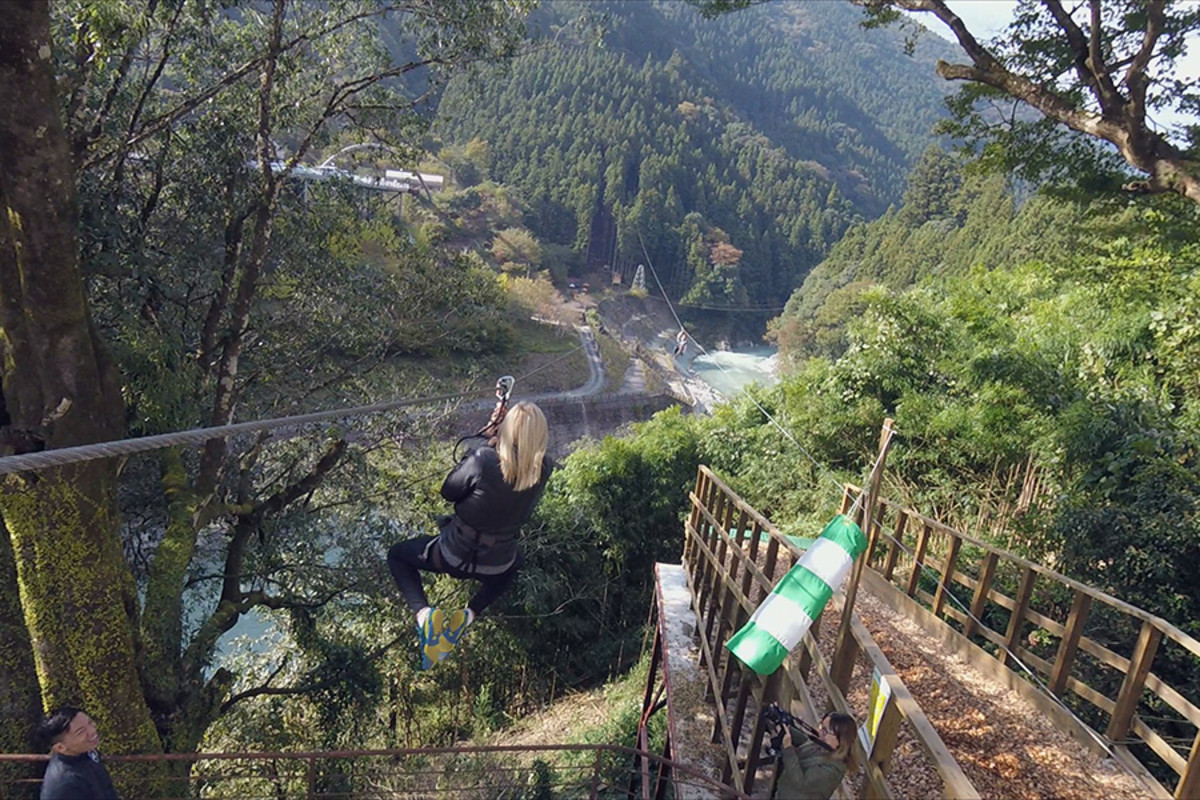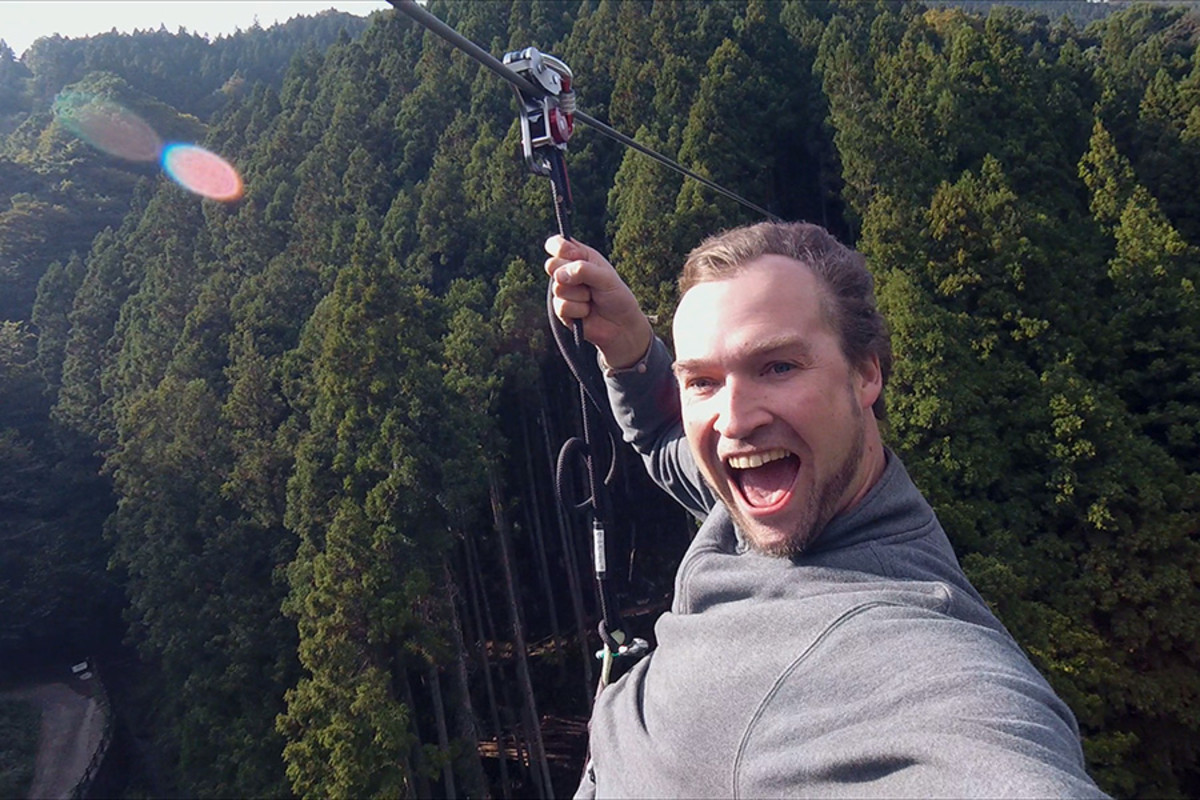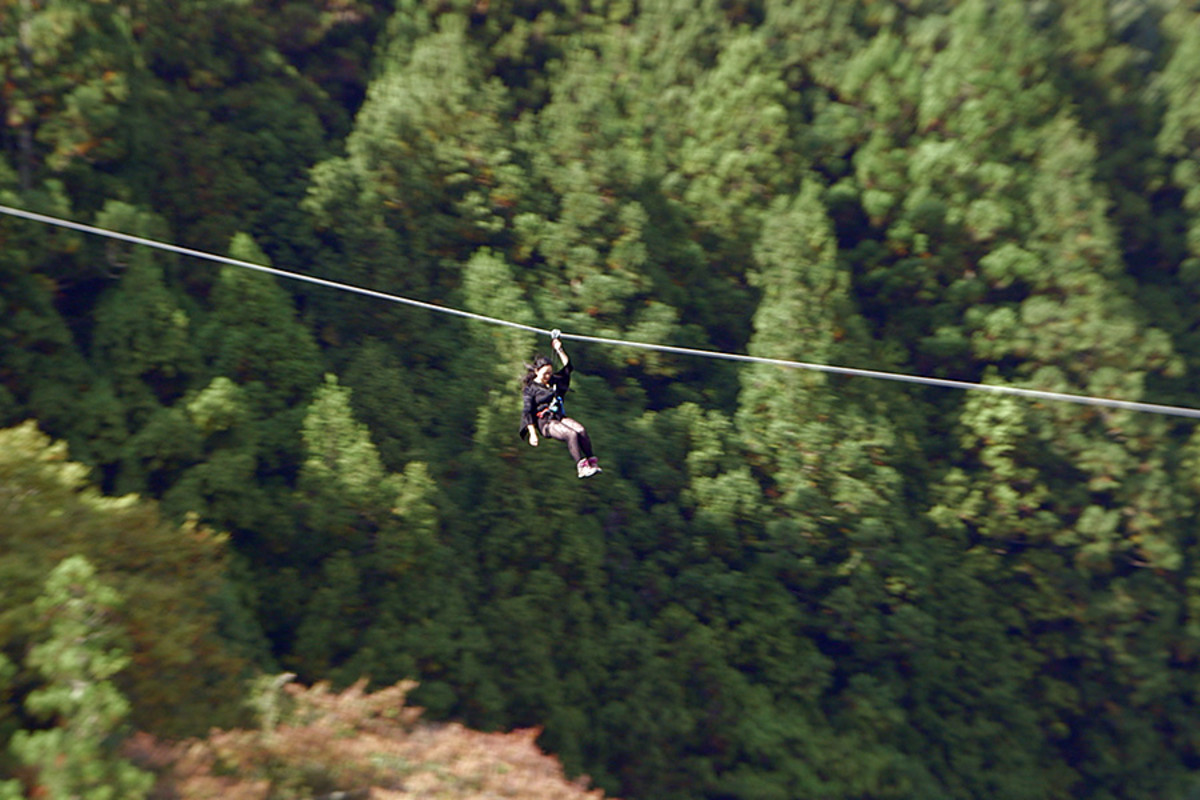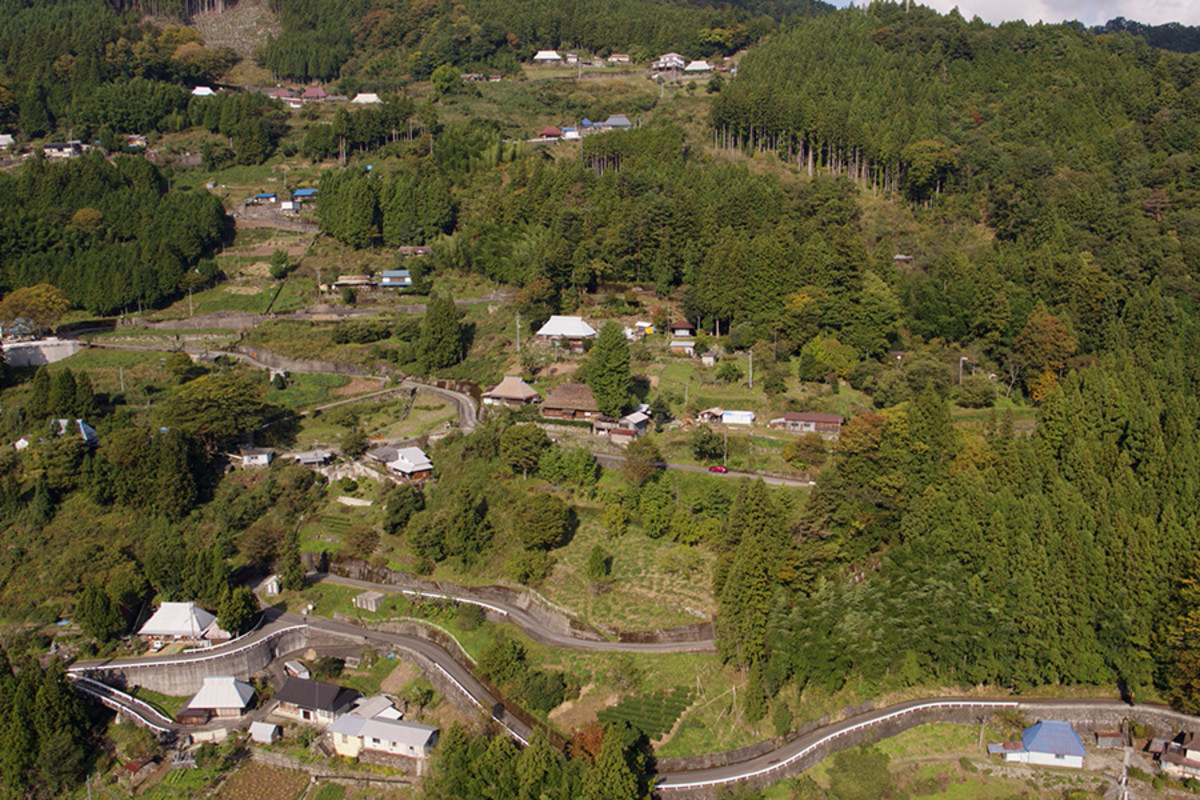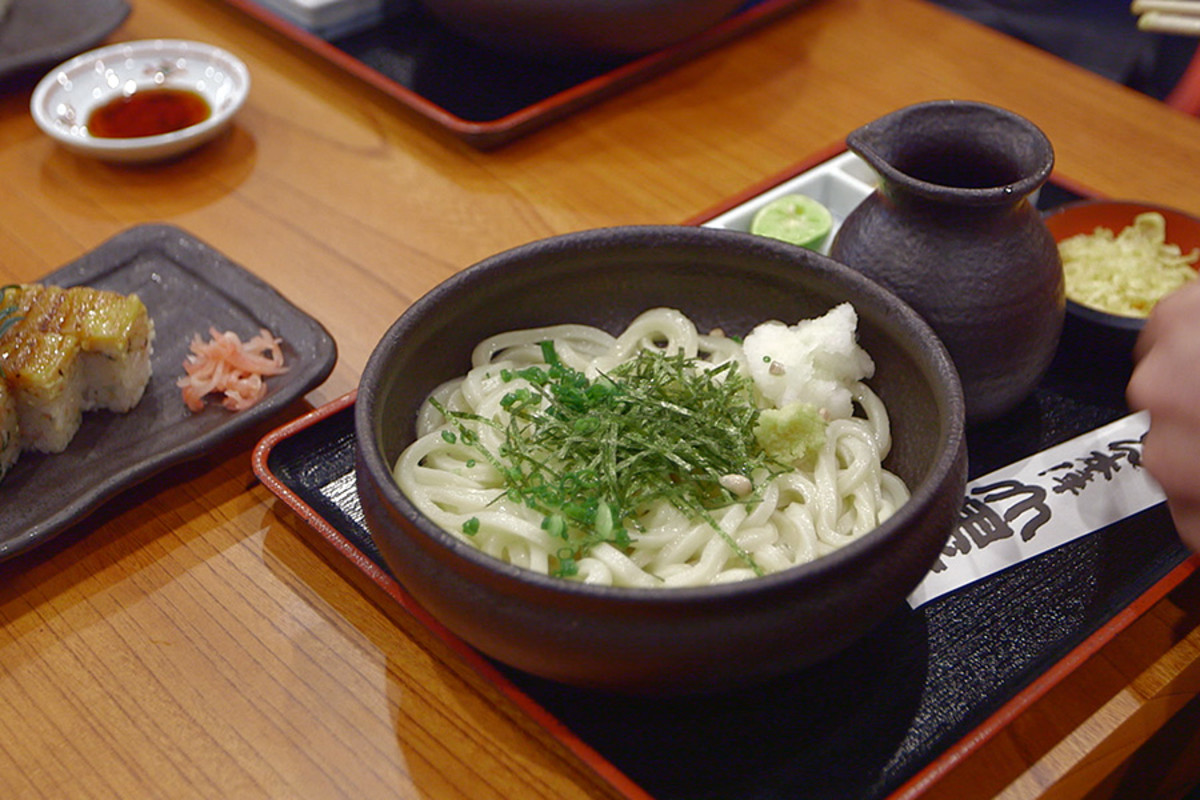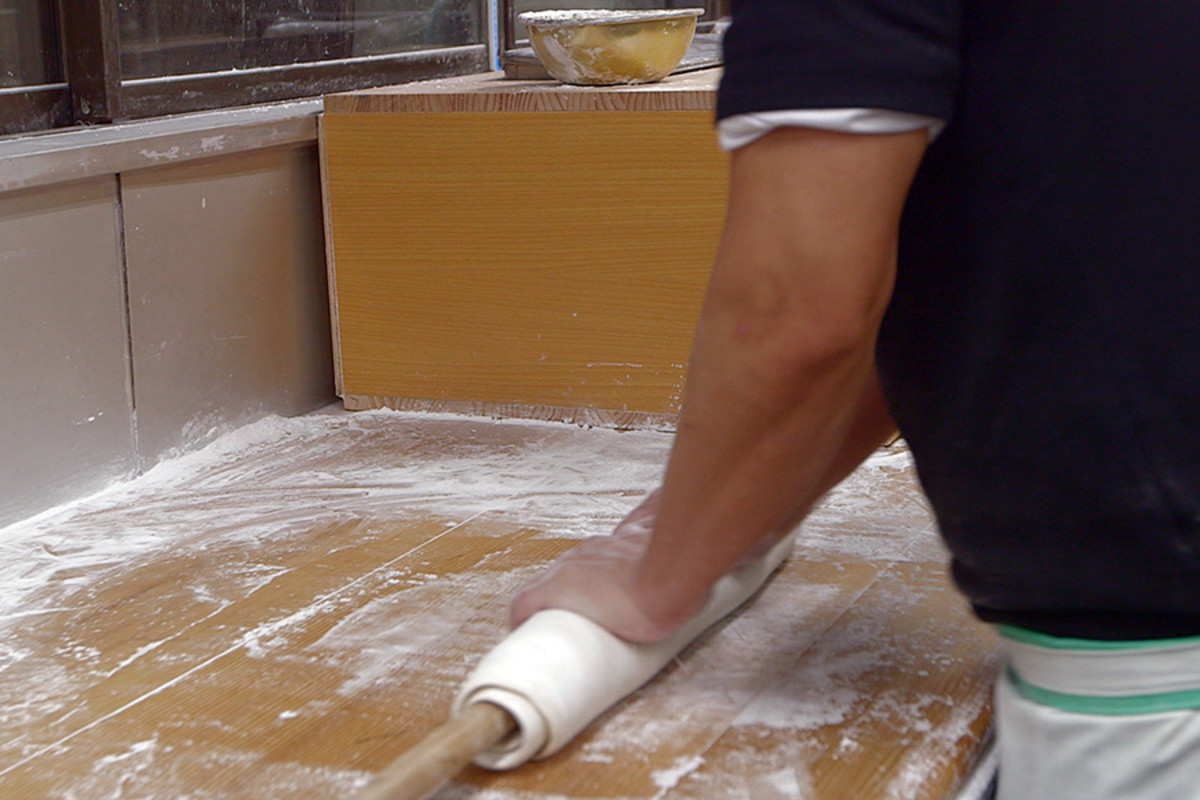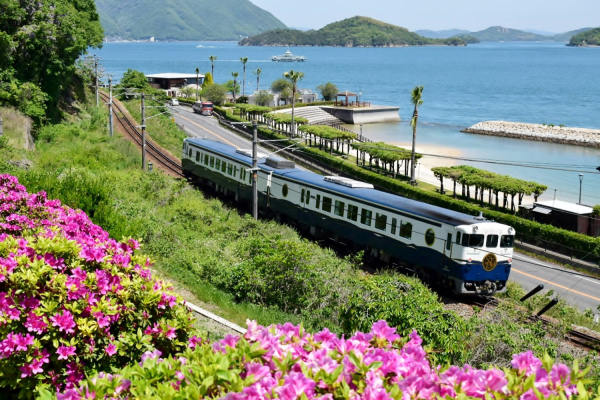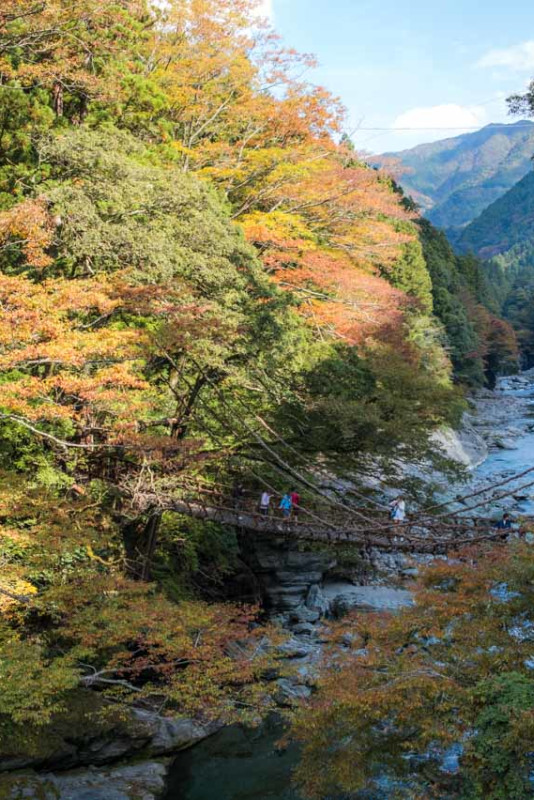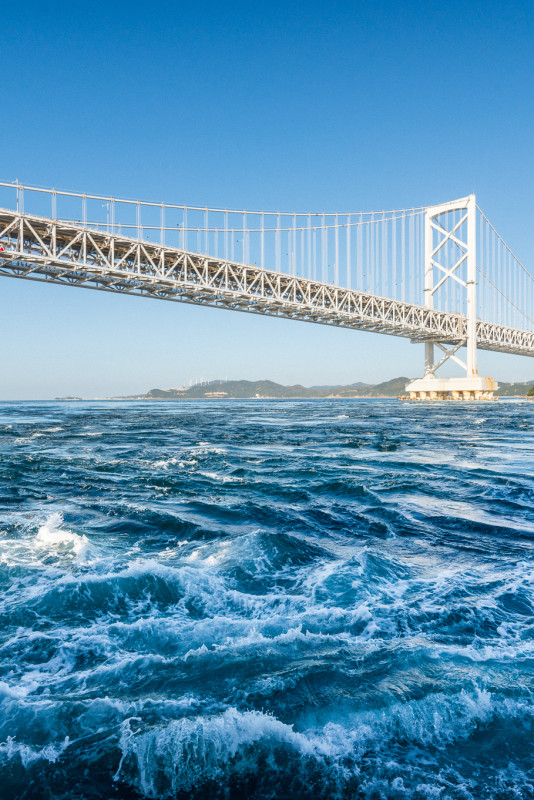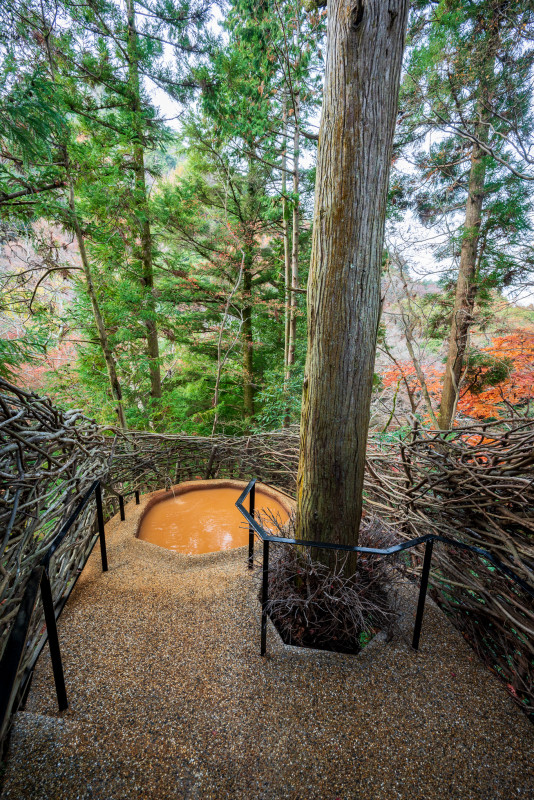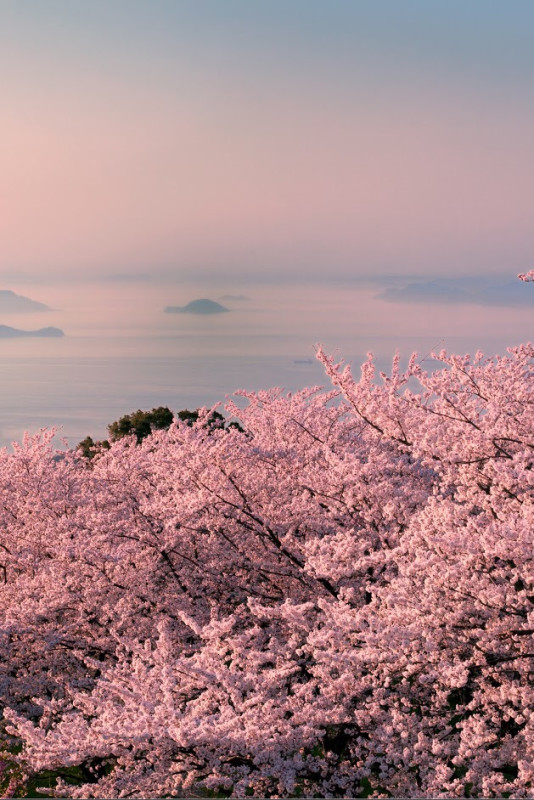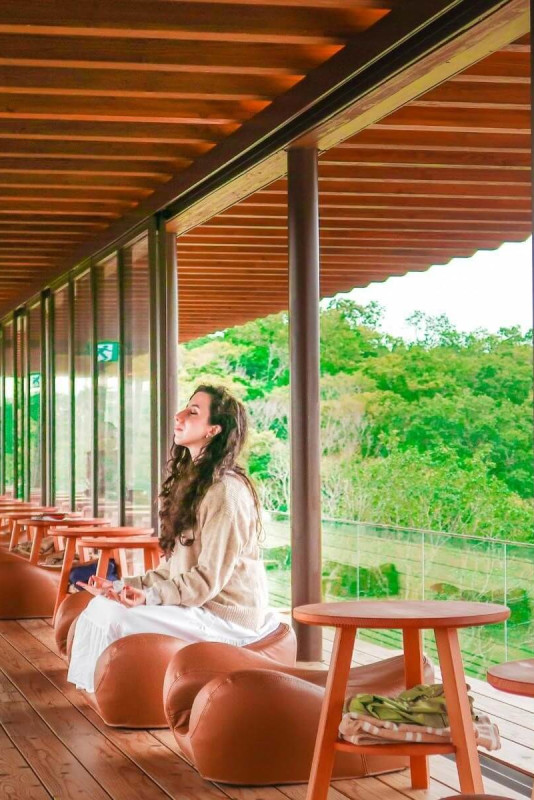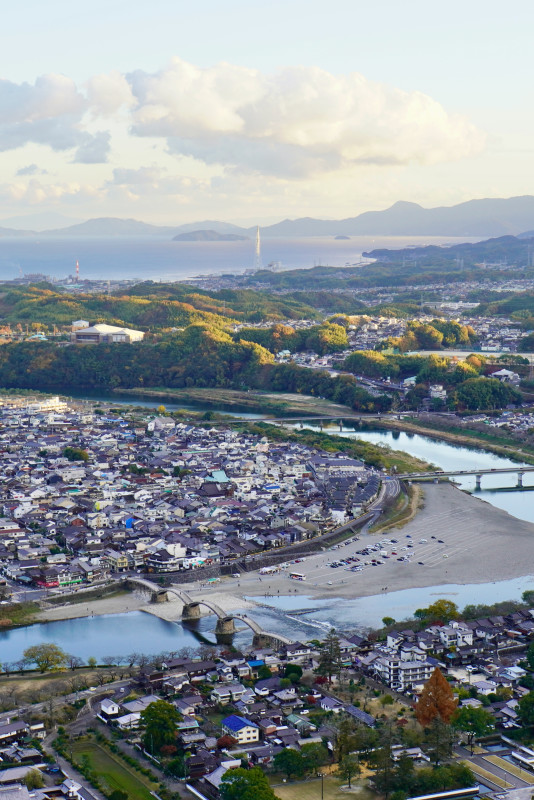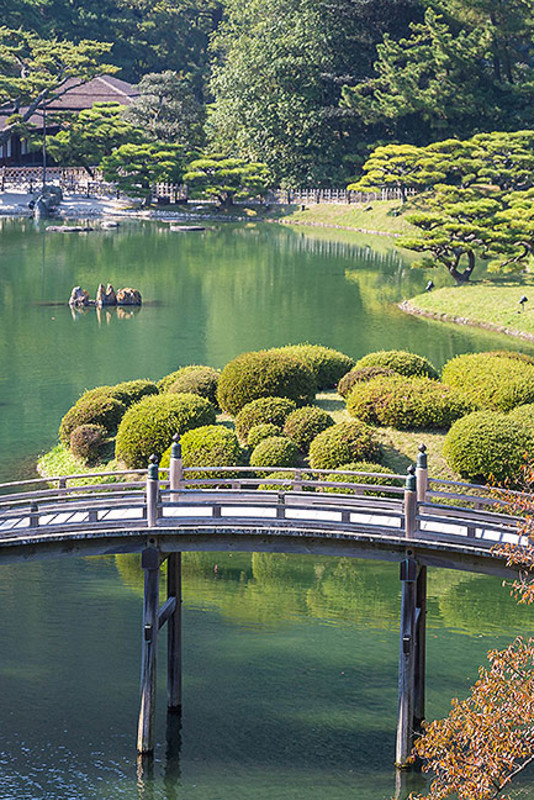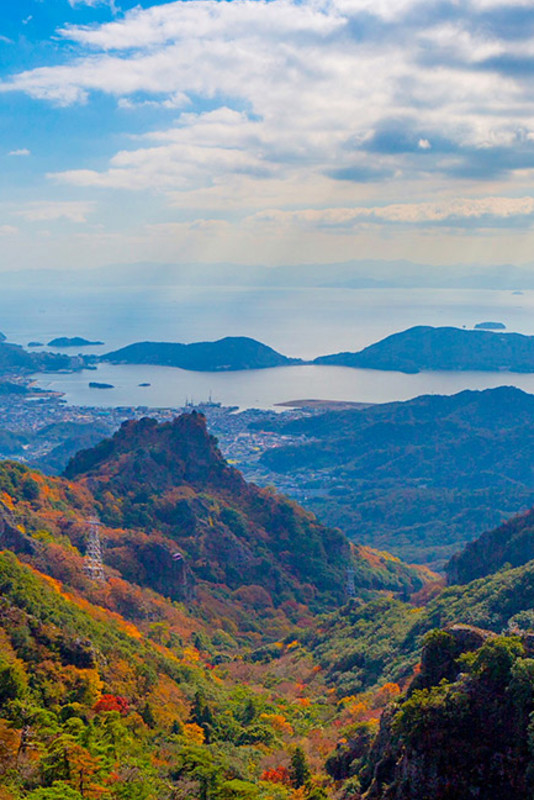Itineraries
A Scenic Road Trip Amongst Setouchi’s Amazing Nature

Setouchi Trip | A Scenic Road Trip Amongst Spectacular Scenery
The Setouchi region is home to some of the most spectacular scenery in all of Japan. From mountain tops to the seaside, the diversity and richness of nature will tantalize your eyes, ears, and tastebuds. This three-day itinerary lets you experience the best of the region.
- Day 1
- Hiroshima-Ehime
ONOMICHI U2
Conveniently located at the entrance to Japan’s premier cycling trip, the Shimanami Kaido, the city of Onomichi operates as a center for cycling culture in Japan — and for many, a visit to U2 is the starting line. Converted into a mecca for cyclists, this former warehouse offers accessories, road bike rentals, repairs, and everything in between. At U2, you’ll find all your cycling needs located in one convenient place. However, U2 consists of far more than just a cycle shop — it also contains one of the city’s best restaurants, a fully equipped bar, a cafe, a souvenir shop, and a luxurious hotel featuring in-room storage for bicycles. Sitting on the wooden deck facing the sea while sipping a latte is the ideal way to start or finish any cycling journey.
Shimanami Kaido (The Nishiseto Expressway)
The 60 km Nishiseto Expressway connecting the mainland of Honshu to the smallest of the main islands, Shikoku, delivers a special treat for those wanting to immerse themselves in the stunning beauty of the Seto Inland Sea. Commonly known as the ‘Shimanami Kaido,’ the roads and bridges span six islands on the way to connecting the cities of Onomichi in Hiroshima Prefecture to Imabari in Ehime Prefecture. Easily traversed by car, this coastal road is also gaining international fame as one of the best cycling courses on the planet. Of course, the sublime nature will captivate you, but taking the time to enjoy local attractions and sample fresh Setouchi produce will make your journey even richer.
Dogo Onsen Honkan
With a history reaching back more than 1,000 years, Dogo Onsen is one of the oldest hot springs in all Japan — and an officially registered national cultural treasure. The three-tiered main main building with its narrow wooden corridors, tatami resting rooms, and, of course, wealth of bathing options, is a living historical gem. Just being within these walls promises a chance to soak yourself in history. The renowned healing properties of the water attracts thousands of bathers each day. But if you’re on a tight schedule, you can still bathe your feet in this mineral rich water at a nearby foot bath. A perfect conclusion to walking around this scenic resort town.
Omogokei (Omogo Gorge)
The Omogo Gorge lying at the foot of Mt. Ishizuchi boasts an idyllic matching of beauty and majesty. Stark cliffs falling into emerald green pools, crystal clear water bubbling down boulder-strewn streams ensconced in rich vegetation — it’s a visual feast of the highest order. Take to the walking trails to bathe in the power of mother nature, and recharge your energy for the rest of your journey.
- Day 2
- Ehime-Tokushima
Mt. Ishizuchi
Rising starkly toward the sky, western Japan’s highest peak, Mt. Ishizuchi, stands 1,982 meters — long worshiped as a sacred mountain. Roadway access most of the way up the mountain lets you to take in the stunning skyline, and allows you a head start on the remaining 500 meters or so to the summit. Two paths will lead you up the mountain, a 4 kilometer direct path offering chains to pull yourself up the slope, as well as a 5 kilometer more gentle trail, and either path should get you to the summit in about three hours. And of course, a panoramic view awaits you at the top.
Oku-Iya Niju Kazura Bashi (Double Vine Bridges)
The Iya Valley lies deep in the heart of Shikoku island, and is considered one of three great remote areas in Japan. With steep, richly-vegetated mountains divided by fast running water, it provides a suitably dramatic backdrop for this valley seemingly forgotten by time. Our first destination takes us to the vine bridges suspended high above the Iya River. First built by vanquished samurai seeking refuge, these bridges made of vines are not only a thrill to walk across, they’ll have you marveling at a remarkable form of craftsmanship that has all but disappeared from the Japanese landscape.
Kakashi-no-sato (Village of Scarecrows)
On the way to and from visiting the vine bridges, you may find yourself doing a double take as you pass through the village of Kakashi-no-sato, better known as the village of scarecrows. There are figures dotted throughout the village, resting on benches, taking a breather from working the fields, even holding a chainsaw — but none of them move. While this may be the valley that time forgot, in this place time is literally frozen! Created by local residents, the more than one hundred scarecrow figures dotted around this little hamlet serve as reminder of life in the village, and attract visitors to this most unusual destination.
Forest Adventure Iya Valley
If you are looking for a truly unique view of this spectacular valley, it’s hard to pass up the 360 meter long zip-line crossing the Iya Valley. Flying 50 meters above the ground over the Iya River, the ride is one of Japan’s longest and most thrilling, and surely makes for an unforgettable selfie opprtunity. Depending on how long you need to wind down after the adrenalin rush, the onsite cafe and guest house will happily cater to your needs.
Accommodation: Chiiori
Visiting the Iya valley offers a chance to time travel back to feudal Japan. If visiting the culturally significant Kimura family home whets your appetite for more of a time-slip, consider staying in a 300 year old thatch-roofed farmhouse. The valley boasts some of the best preserved traditional architecture still in use today, and the Chiiori and Tougenkyo houses give you a chance to rest your head in a different century. Waking up to a mist covered valley, and seeing the sun rise over lush mountain tops will reset your mind for a different pace of life.
- Day 3
- Kagawa
Udon Honjin Yamadaya Sanuki-Honten (Sanuki Udon)
A refurbished samurai residence now houses Yamada-ya Sanuki, one of Japan’s most prestigious Udon noodle shops. The main building is over 100 years old, and an additional new wing has been created to give an even more authentic ‘Edo’ feel to the experience of eating some of the nation’s best noodles. The infectious aura will encourage you to tackle your bowl of udon with the vigor of a samurai.

























